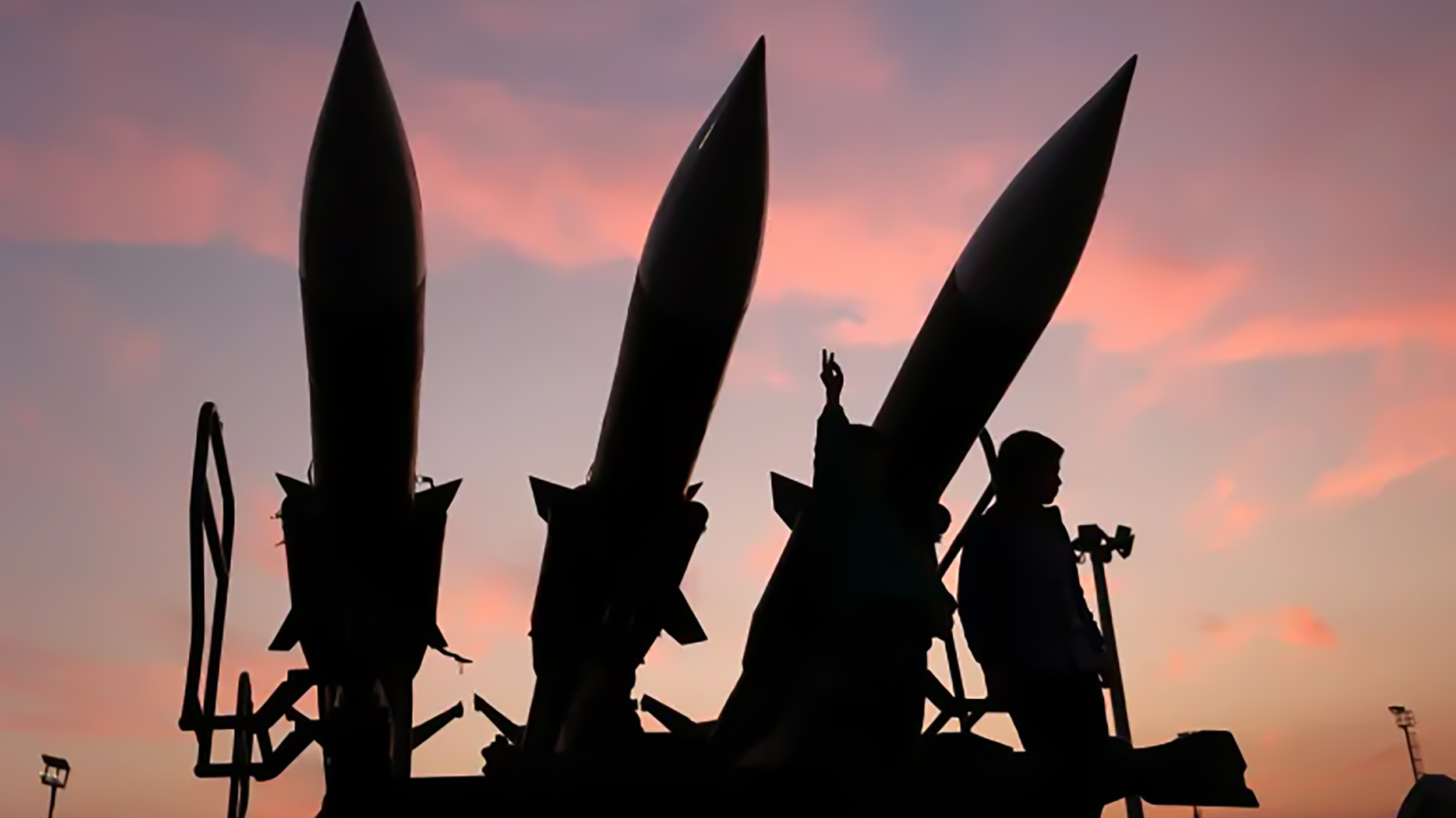
Israel began the 12-day war on Iran at dawn on 13 June 2025, with a series of attacks targeting top military commanders and air defences. Iran responded that evening by launching dozens of missiles at several strategic Israeli sites. This volley continued for several days until the United States joined the war on 22 June, launching strikes on key nuclear facilities.
The declared objective of Israel’s assault was to destroy the Iranian nuclear programme. Although the Israelis did not explicitly mention regime change, Israeli Prime Minister Benjamin Netanyahu clearly hoped that the war would weaken the regime sufficiently to encourage opposition forces to move to overthrow it. US officials, too, explicitly disavowed regime change and urged Iran to return to negotiations on its nuclear programme.
Deploying fighter jets and numerous drones in their attacks, Israel successfully neutralised Iran’s air defences early on, giving it relative freedom of manoeuvre in Iran’s airspace. It inflicted heavy losses on Iran, eliminating top military commanders and several Iranian nuclear scientists and hitting military camps and missile depots, manufacturing sites and launch centres. It seems to have destroyed the nuclear facility in Arak, though the damage sustained at the Isfahan and Natanz facilities is uncertain.
Israel’s achievements are attributable to several factors: its success in organising networks of agents throughout Iran; its surveillance methods and cooperation with Western intelligence agencies, which allowed it to draw up an accurate map of Iranian military and nuclear sites; and the overwhelming superiority of its air force.
Iran’s response, though more modest, had a tangible impact, especially as the effectiveness of Israel’s air defence system began to degrade. Iranian strikes shut down the Haifa refinery and brought the Ben Gurion Airport to a near-total standstill while inflicting severe damage on Israeli scientific research institutes. The effectiveness of Iranian strikes on Israeli military bases is more uncertain, given Israel’s secrecy about the nature of the sites targeted, though footage of extensive damage in various areas circulated online.
Israel’s gambit was based on three assumptions: that it could set back the Iranian nuclear programme by at least several years; that it could seriously degrade Iran’s missile and drone capabilities; and that its war would severely weaken the regime, plunging the country into chaos and opening the door to intervention by opposition forces at home and abroad.
Israel failed, in part or in whole, on all three counts. It may have slowed the nuclear project, but it did not halt it. The status of the heavily fortified Fordow facility remains unknown—was it destroyed, as the US administration claims, or only partially damaged, as the Iranians claim?—but Iran’s stockpile of enriched uranium is likely still secure. Despite the extensive Israeli targeting of Iranian arms manufacturing, storage and launch centres, Iran’s missile and drone stockpiles and launching capabilities remain substantial as well. And the goal of weakening or overthrowing the regime was, from the outset, overblown. Regardless of the popularity of the Iranian regime, there is no opposition, either inside or outside the country, capable of challenging the regime and its control.
On the other side, having ruled out the possibility of Israel undertaking a large-scale offensive, Iran based its security calculations on the effective deterrence of its missile force and its allied regional powers. Here, Iran clearly miscalculated. It was undermined by Israel’s recruitment of hundreds, perhaps thousands, of Iranian agents and its largely successful interception of a 50–80 percent of Iranian missiles and drones. Iran’s regional allies were too weak or deterred to mount an adequate response.
Despite the uneven material outcomes, once a ceasefire was agreed upon, Iran declared victory, asserting that it had forced Israel to end its aggression. Israel, too, claimed that with US assistance, it had achieved its primary objectives. This suggests that both sides agreed to a ceasefire before the confrontation was decisively resolved.
The ceasefire itself was the result of an oral understanding, not a written treaty that addresses the underlying causes of the war, and it remains unclear whether it entails the resumption of US-Iranian negotiations on its nuclear programme and, if so, the basis for such talks. Iran has already unequivocally refused to hand over its 400 kilograms of highly enriched uranium and declared that it will not abandon enrichment in Iran, which are both US conditions for talks. If Iran does return to the negotiating table, talks will thus return to square one.
Given this, the ceasefire likely signals the end of a battle rather than the end of a war.
*This is a summary of a policy brief originally written in Arabic available here.